- Home
- Campaigns
- Research and policy
- Accessibility in gaming report
Background
The benefits and motivations behind video gaming are well documented, and it’s long been a popular pastime for many. In recent years, the stereotypes of the typical gamer have been challenged, and it’s now more widely understood that the diversity of gamers is reflective of society at large.
There appears to be growing recognition across the gaming industry that accessibility is both important and necessary. But, there is little published research that explores the experiences of disabled gamers specifically.
The data that exists in the public sphere is highly specific to different locations or condition types and the sample sizes are not big enough to extrapolate findings from. There is also little research that directly compares the experiences of disabled and non-disabled gamers.
Scope set out to learn more about accessibility in gaming with the aims of understanding the barriers disabled gamers face as part of our mission to end disability inequality and champion the rights and needs of disabled people.
The purple pound
Disabled people form a large portion of the UK’s consumer base – there are 14.1 million disabled people in the UK, and 19% of working age adults are disabled. But their needs are often overlooked.
The Purple Pound is a proxy for the purchasing power of the disabled community. Scope’s estimate is that the Purple Pound is worth £274 billion following analysis of the ONS, Household Below Average Income Survey for 2017 to 2018. We believe that many businesses are missing out on custom from disabled people due to a lack of accessible products and services.
According to Accenture’s analysis of the Disability Equality Index (DEI), companies that prioritise digital inclusion are twice as likely to have higher shareholder returns, achieve 28% higher revenue, and see a 30% better performance in economic profit margins.
With this in mind, there is a clear case to embed accessibility into all products and services so everyone can enjoy the benefits of gaming.
About our research
The findings of this report are drawn from a survey conducted in December 2020 to a total of 1,326 people.
The survey questions were designed with a group of Scope employees who are regular gamers, in the form of focus groups. This ensured we covered the right topics, and the correct terminology was used regarding some of the more nuanced areas of gaming.
The survey was distributed through an external agency, Censuswide, in December 2020. There was a total of 1,326 respondents comprising of 812 disabled gamers and 514 non-disabled gamers. The criteria for participating in the survey was to play videogames at least once per month on any device, with a cap of 5% of respondents playing on mobile only.
The findings presented in this report refer to the responses of disabled respondents only, and where relevant these findings are compared to results from non-disabled respondents.
66% of gamers with an impairment or condition say they face barriers or issues related to gaming.
- The biggest barrier to gaming is the affordability of suitable assistive or adapted technology.
- The most used assistive technologies are sounds options or adjusting the sensitivity of controllers.
- 50% of disabled gamers say that that information on the accessibility of a game has affected their decision to buy it.
- 40% of disabled gamers have bought games they haven’t been able to play due to poor accessibility.
- 40% of disabled gamers have experienced negative attitudes from other gamers relating to a disability, impairment or condition.
Interests and behaviours among disabled gamers
The findings from this survey indicate that disabled gamers are more engaged than non-disabled gamers across key platforms and touchpoints. They’re also more likely to view gaming as their primary hobby and spend more time gaming per session than non-disabled gamers.
This makes disabled gamers a key consumer group, furthering the case for greater focus on specific needs and considerations regarding accessibility and inclusion.
Note Discord
Disabled gamers are more likely to use discord, with 54% of disabled gamers and 44% of non-disabled gamers stating they use Discord.
Add-ons and subscriptions
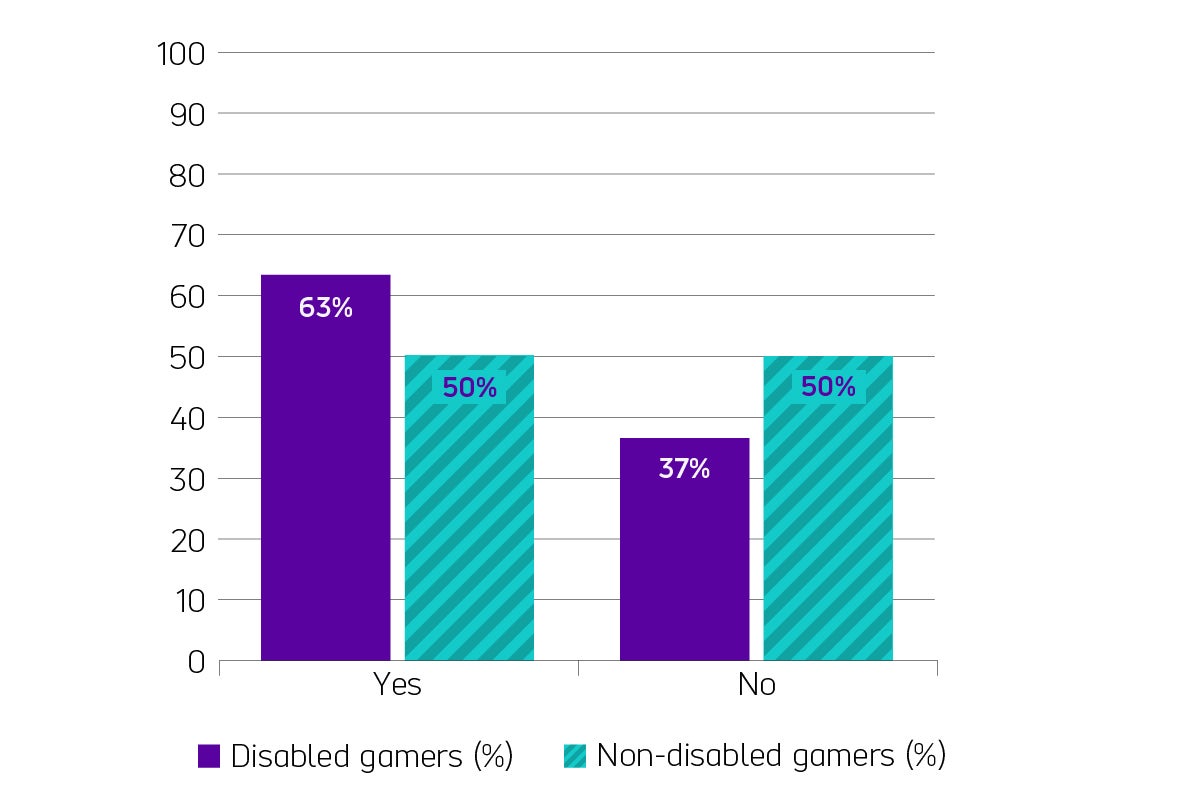
Graph 1: In the last 12 months have you purchased any in-game add-ons or subscriptions?
Live streaming and eSports
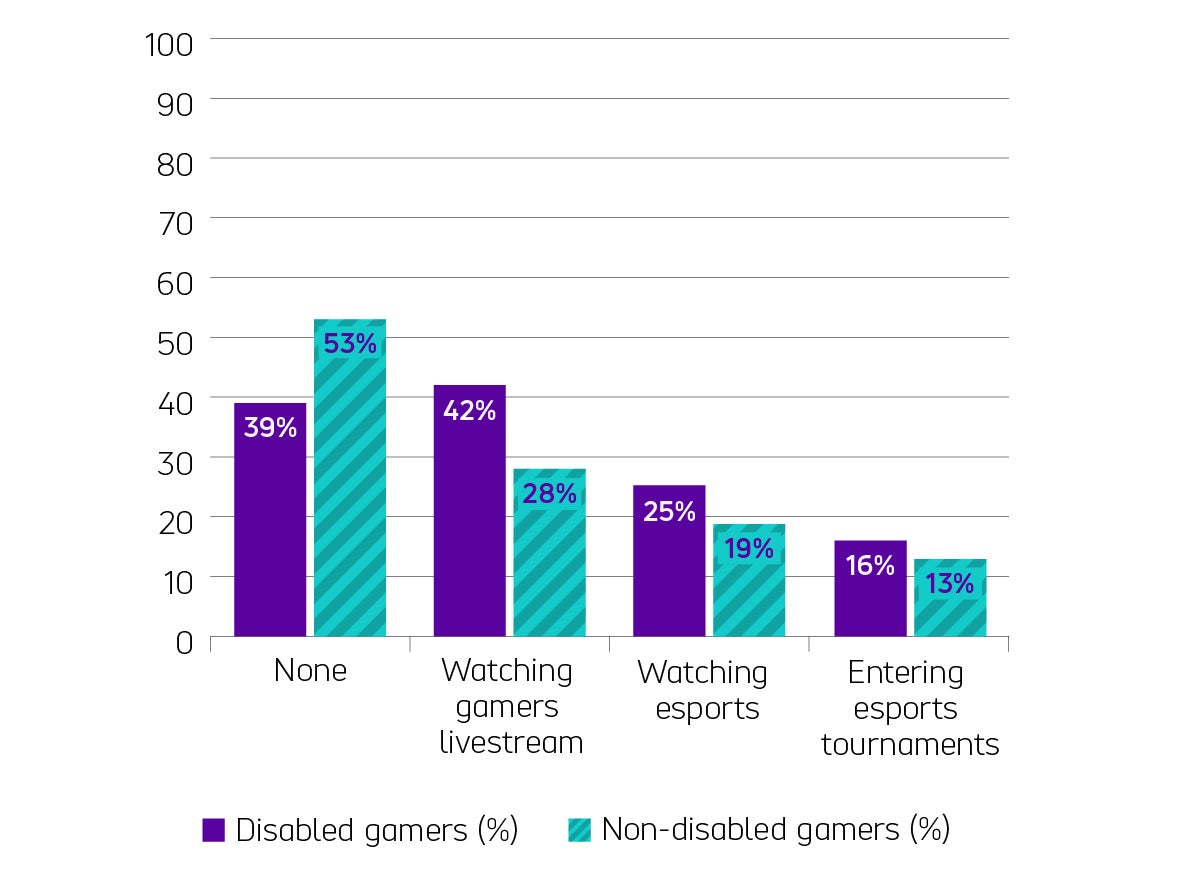
Graph 2: In addition to playing video games, are you doing any of the following activities?
Barriers faced by disabled gamers
66% of gamers with an impairment or condition say they face barriers or issues related to gaming.
The most common barrier is the affordability of suitable assistive or adapted technology (30%). This is followed by the knowledge or time required to set up assistive or adapted tech (23%).
The limited choice or availability of suitable assistive or adapted tech (22%), inaccessible consoles (18%), and inaccessible games (17%) also posed barriers for significant proportions of disabled gamers.

Graph 3: What poses a barrier or issue to gaming for you?
It’s clear that the range of barriers is broad, and there is a role for most organisations in the gaming industry to play in improving access for all.
Assistive technology
Looking at the assistive tech disabled gamers are using to overcome barriers, again we see a relationship between features built into games, hardware solutions, and software solutions. 70% of people are using accessibility features built into games, 57% are using hardware solutions and 51% are using software solutions, so it is likely there is crossover between these groups.
Accessibility features within games

Graph 4a: Which assistive or adaptive technology do you use for gaming?
Hardware solutions

Graph 4b: Which assistive or adaptive technology do you use for gaming?
Software solutions
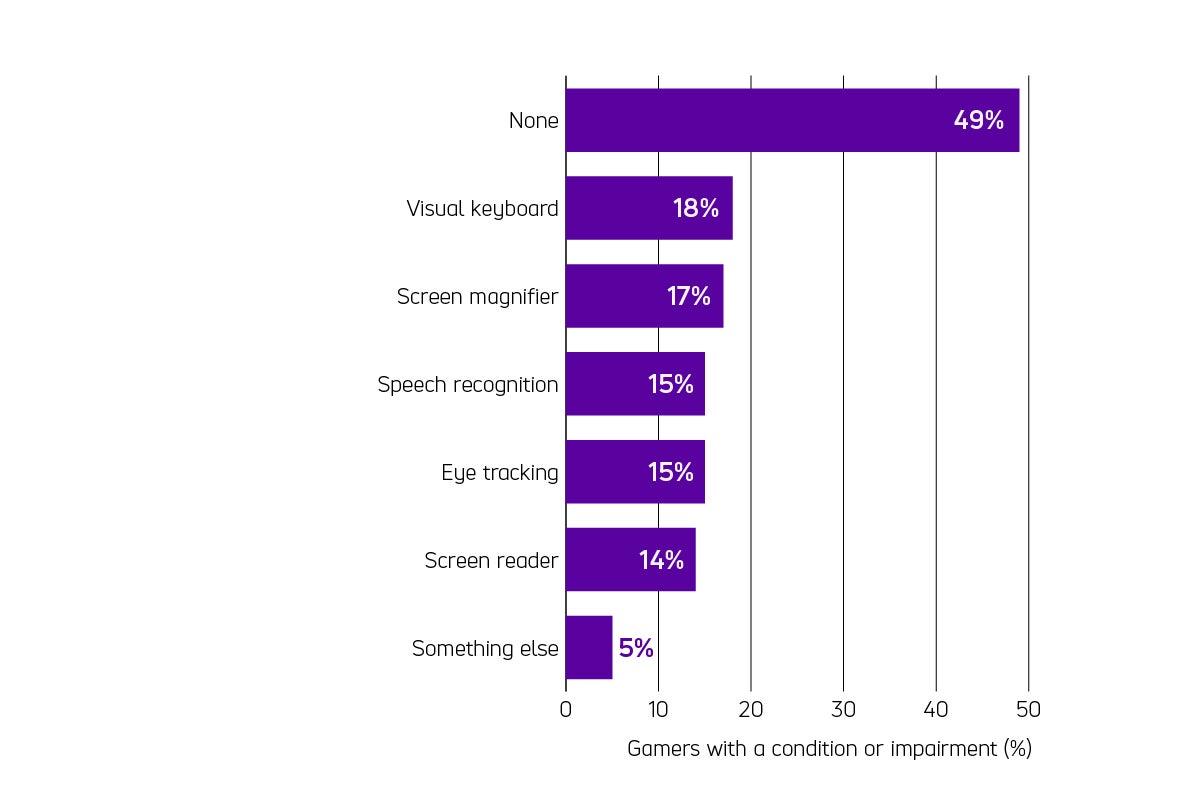
Graph 4c: Which assistive or adaptive technology do you use for gaming?
Information about the accessibility of a game
2 in 5 disabled gamers have purchased games they haven’t been able to play due to poor accessibility. This means that the information available about accessibility pre-purchase often isn’t clear or specific enough, or it’s not reaching the people who need to know about it.
Furthermore, approximately 1 in 7 (14%) of disabled gamers have not been able to return a game after discovering it is inaccessible to them. That means disabled gamers are losing money as a result of poor accessibility and lack of communication about it.
With disabled people facing an average of £583 per month in extra costs, this represents a huge injustice and barrier for disabled gamers.
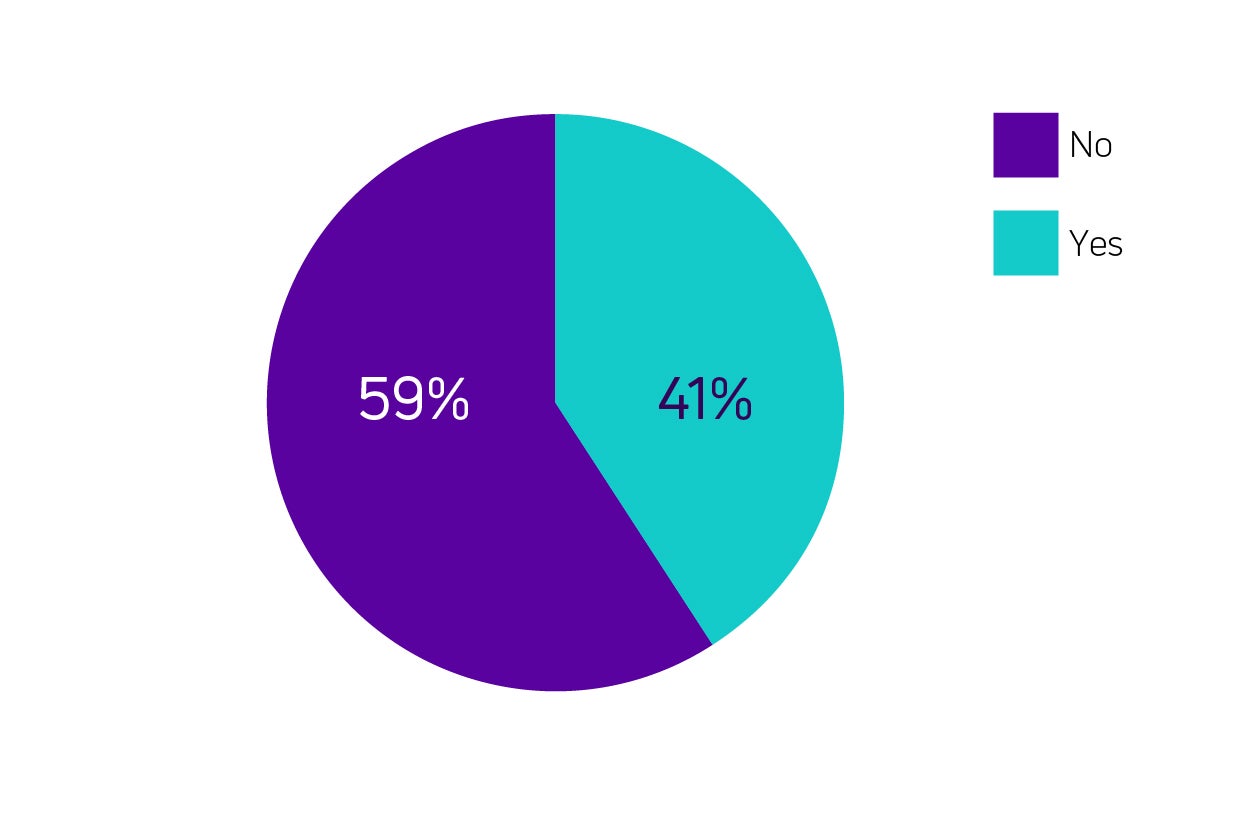
Graph 5: In the last 12 months, have you purchased a game that you haven't been able to play due to poor accessibility?
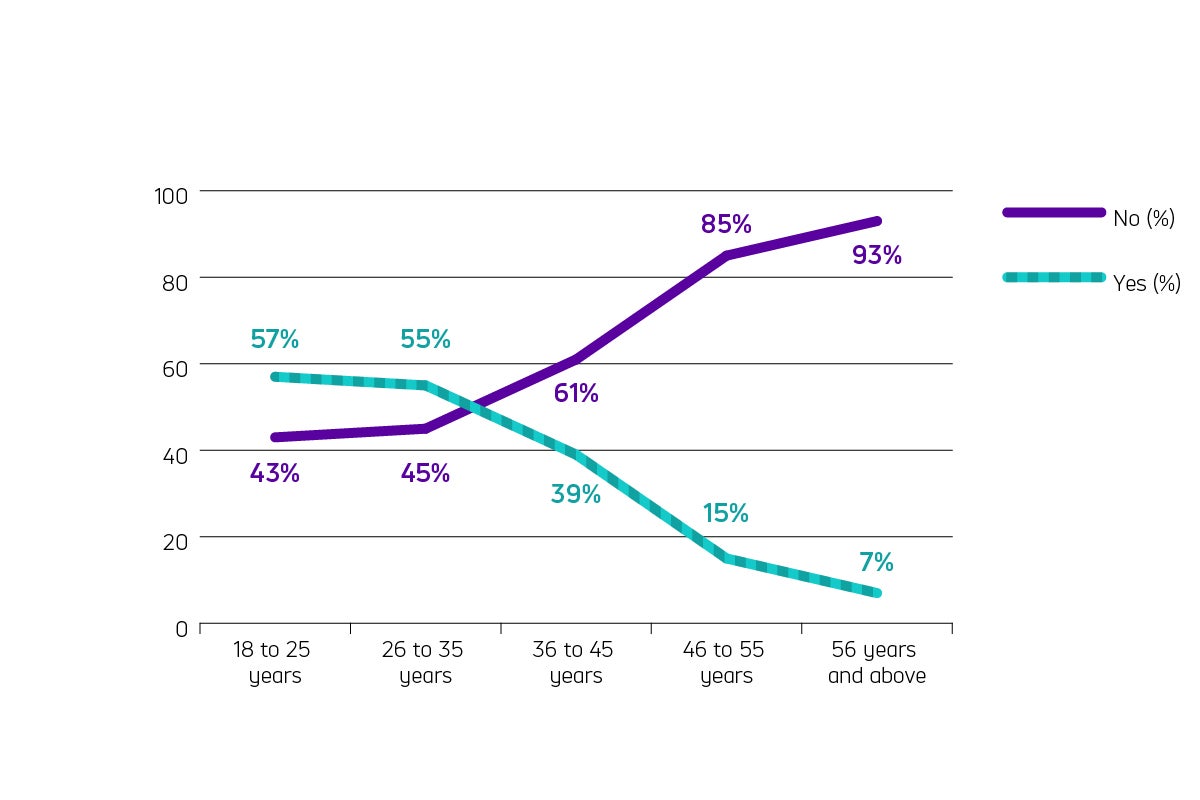
Graph 6: This becomes more pronounced when we look at age, with younger gamers being more likely to have purchased a game they can’t play.
Note Refunds
Of the gamers who were not able to play a game due to poor accessibility, 33% were not able to return it. This means that approximately 1 in 7 disabled gamers have lost money due to poor accessibility in games.
Negative attitudes
2 in 5 gamers have experienced negative attitudes from other gamers relating to a disability, impairment, or condition in the last 12 months (survey results from December 2020). 115 disabled gamers left comments on how this had impacted them, which we used thematic analysis to understand. This was an optional question as we knew that some people would not want to share this.
The experience has resulted in some gamers playing less, leaving, or changing games, and enjoying gaming less. While the most frequent response was that people hadn’t been impacted by negative attitudes and wanted to rise above it, it’s worrying that some gamers felt it had negatively impacted their mental health or worsened an existing mental health condition.
Anonymous survey respondent
It affected my mental health by knocking my confidence and making me feel bad about one of the few things I can do and enjoy.
Anonymous survey respondent
It made me feel bad for being different.
Anonymous survey respondent
I now play alone.
Recommendations
We asked disabled respondents what changes they’d like to see.
31% of gamers with an impairment or condition would like to see a commitment from gaming platforms to tackle negative attitudes and bullying online.
The next top priorities for gamers are more accurate (25%) and more frequent (23%) representation of disabled people or characters within games.

Graph 7: What are the top changes you would like to see implemented in the gaming industry?
Some of these changes will take time and collective effort across the industry, but there are many actions individual publishers and developers can take to improve accessibility and inclusion.
For example, including a more diverse range of characters and working to ensure disability is accurately represented is something even the smallest of publishers can commit to.
Similarly, improving the information available about accessibility pre-purchase would make a huge impact for many disabled gamers, and reduce the risk of them losing money if games are non-refundable.
References and sources
Background
Purple pound
Barriers - Information about the accessibility of a game
Appendix
Graph 1
In the last 12 months, have you purchased any in-game add-ons or subscriptions?
| Disabled gamers | Non-disabled gamers | |
| Yes | 63% | 50% |
| No | 37% | 50% |
Graph 2
In addition to playing videogames, are you doing any of the following activities?
| Activity | Disabled gamers | Non-disabled gamers |
| Watching gamers livestream | 42% | 28% |
| Watching eSports | 25% | 19% |
| Entering eSports tournaments | 16% | 13% |
Graph 3
What poses a barrier or issue to gaming for you?
| Barrier | Gamers with a condition or impairment |
| No barriers faced | 34% |
| Affordability of assistive tech | 30% |
| Knowledge or time to set up assisted tech | 23% |
| Availability of assistive tech | 22% |
| Inaccessible consoles | 18% |
| Inaccessible games | 17% |
| Other | 2% |
Graph 4
Which assistive or adapted technology do you use for gaming?
4a - Accessibility features built into games
| Accessibility features built into games | Gamers with a condition or impairment |
| None | 30% |
| Sound options (volume tuning for example) | 25% |
| Adjust the sensitivity of mouse or controller | 23% |
| Subtitles and captions | 23% |
| Increase font size | 21% |
| Display options (removal of certain effects for example) | 19% |
| Magnification | 16% |
| Ability to tune colour contrast | 15% |
| Ability to change colours | 14% |
| Other, please specify | 0% |
4b - Hardware solutions
| Hardware solutions | Gamers with a condition or impairment |
| None | 43% |
| Adjusting the sensitivity of controller or buttons | 25% |
| Remapping of controls | 16% |
| One-hand game controller | 14% |
| Haptic feedback | 14% |
| Head operated game controller | 11% |
| Mouth operated game controller | 11% |
| Feet operated game controller | 9% |
| Something else | 3% |
4c - Software solutions
| Software solutions | Gamers with a condition or impairment |
| None | 49% |
| Visual keyboard | 18% |
| Screen magnifier | 17% |
| Speech recognition | 15% |
| Eye tracking | 15% |
| Screen reader | 14% |
| Something else | 5% |
Graph 5
In the last 12 months, have you purchased a game that you haven't been able to play due to poor accessibility?
| Gamers with a condition or impairment | |
| Yes | 41% |
| No | 59% |
Graph 6
In the last 12 months, have you purchased a game that you haven't been able to play due to poor accessibility?
Split by age
| Age group | Yes | No |
| 18 to 25 years old | 57% | 43% |
| 26 to 35 years old | 55% | 45% |
| 36 to 45 years old | 39% | 61% |
| 46 to 55 years old | 15% | 85% |
| 56 years old and above | 7% | 93% |
Graph 7
What are the top changes you would like to see implemented in the gaming industry?
| Changes in the industry | Gamers with a condition or impairment |
| Platforms doing more to tackle negative attitudes about disability online | 31% |
| More accurate representation of disabled people in games | 25% |
| More frequent representation of disabled people in games | 23% |
| More affordable assistive tech | 20% |
| Better information on accessibility of games | 17% |
| More assistive tech options | 16% |

